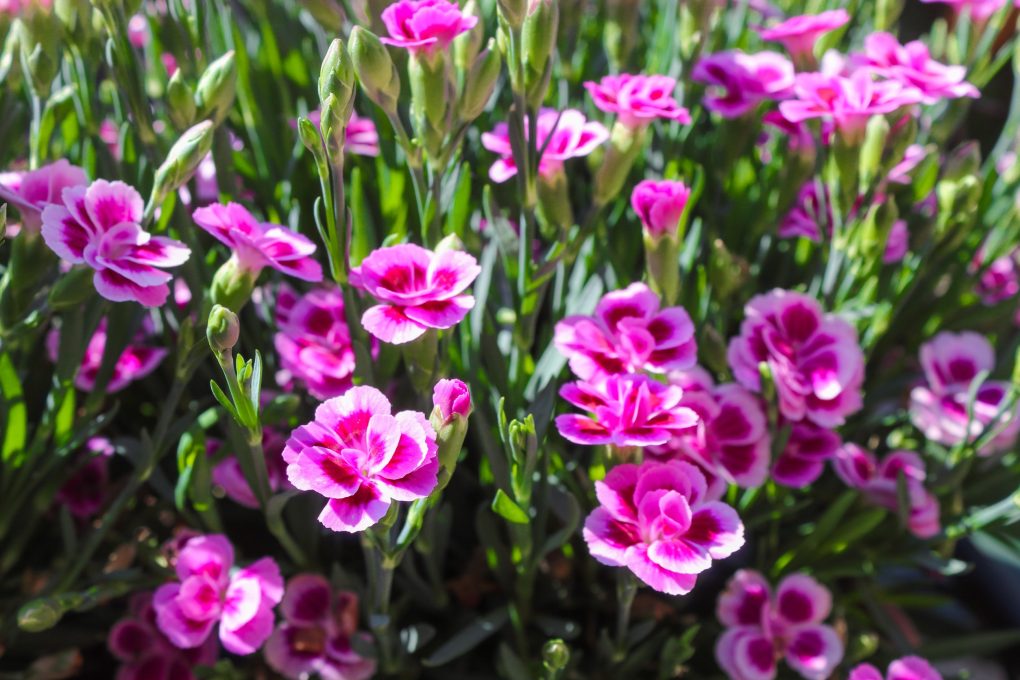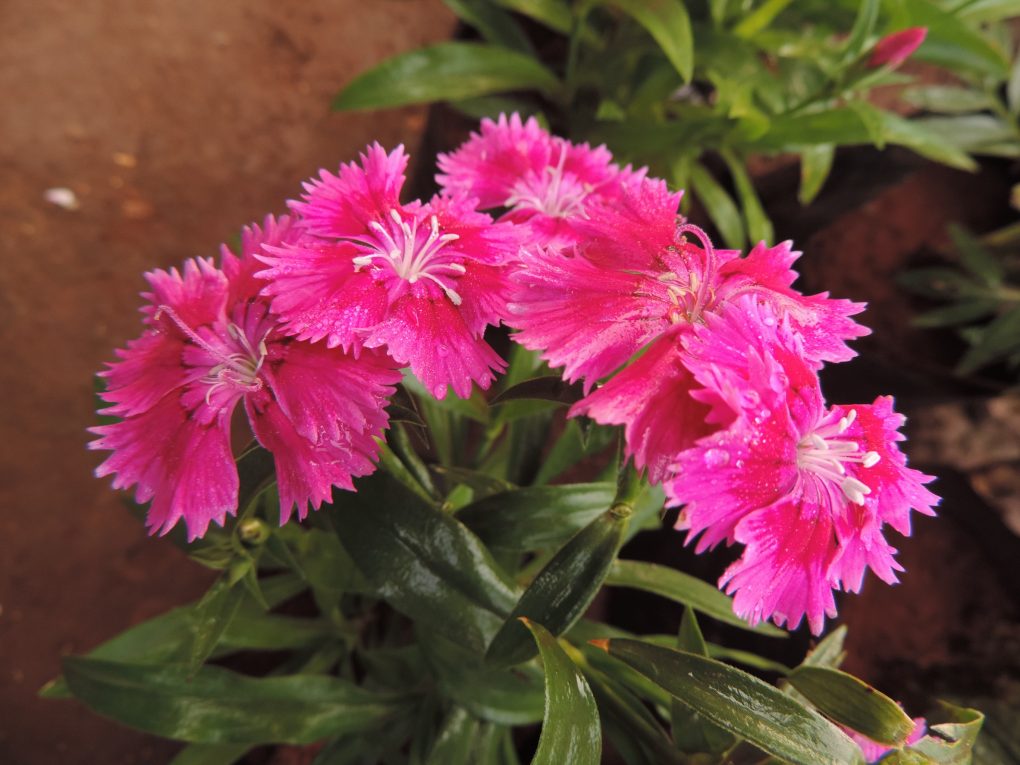Do Carnations Need Light To Germinate? Is Light Necessary?
Carnations do not need light to germinate, but they will require some water and a warm environment to grow. Carnations will grow best in moist but not wet soil and in a location with moderate sunlight. Some people believe that light is unnecessary for carnation seeds to germinate, but this is only partially true. Carnation seeds will germinate if put in soil, but some people also believe the seed must first be soaked in water before exposure to sunlight. Both theories have some merit, and it is up to the gardener to decide which method they prefer. Some gardeners may soak their carnation seeds in water first before planting them in soil, while others may simply expose the seeds to sunlight after soaking them. Either way, light is not necessary for the germination of carnation seeds.

Table of Contents
Tips for Successful Carnation Germination
Carnations require proper care even before the seeds are planted. To ensure a successful carnation planting, a few key factors must be considered before you even begin planting. These include:
Start your carnation seeds indoors six to eight weeks before the last frost date in your location. It’s simple to learn how to grow carnations in this way, and it will encourage flowering in the first year, allowing you to enjoy the results of your labor after caring for the flowers.
Select Container
Select a container with holes for drainage, and fill it with potting soil until it is about an inch or two (2.5–5 cm) from the top. Lightly cover the seeds after scattering them across the soil’s surface. To produce a greenhouse effect, water the planter until the soil is damp, then cover it with a clear plastic bag.
In two to three days, the first carnation garden plants should start to emerge from the ground. When the seedlings have two to three leaves, transplant them into individual pots. Move the seedlings outside when they are 4 to 5 inches (10 to 12.5 cm) tall, and your area is not at risk for cold.
Choose the Right Site
Carnations need sunny, well-drained soil to thrive. Make sure the area you choose is appropriate for the type of carnation you are planting – some varieties are better suited for slightly moist soils, while others require drier conditions.
Prep the Soil
Before planting, ensure the soil is well-prepared by adding organic matter and good drainage. This will help the plants get established quickly and reduce the risk of root rot.
Plant Early
Carnations prefer to be planted in early spring (before the ground thaws), but they will tolerate a little frost if it does not harm the plant. Plant them about 2 inches deep and space them about 6 inches apart.
Water Regularly
Keep the soil moist but not wet, and water liberally throughout the growing season (especially during hot, dry weather). Carnations are heavy feeders, so water them frequently to ensure they get enough moisture and nutrients.
Mulch
Apply a layer of mulch to each plant to help conserve moisture and protect the roots from winter weather damage. Woodchips, straws, or shredded newspaper are all good options for this purpose.
Pest and Diseases
Keep carnation plants free of aphids, caterpillars, and other pests. If you notice any problems, treat them with organic pesticides.
Keeping Seeds Moist When They Are in the Sun

Planting is made simpler by the ability to scatter seeds on the soil’s surface, but since they are exposed to more than simply light, keeping them moist until germination can be challenging. Your garden’s weeds might be disturbed or lost by digging gardeners, animals, wind, and heavy rain. You can lightly wrap your seeds in plastic wrap, place plastic domes over them, or tuck them inside clear plastic bags if you are growing your seeds in flats or containers. Although they will still be exposed to sunshine, they won’t dry up as soon as if left out in the open.
Another choice for seeds placed immediately outside is to cover them with a thin layer of fine vermiculite, which occurs naturally and has water-holding characteristics. Vermiculite is absorbent enough to let light pass through while holding onto enough water to remain in place and maintain the moisture level of the seeds and soil beneath it. Look for finely ground horticultural vermiculite as other forms are not suited for gardening; it is typically found close to seed-starting supplies.
Even though it may all seem confusing, most seed packets contain all the necessary information. And keep in mind that seeds have been growing without much fuss for thousands of years; it’s just great to give them the best chance by giving them the right conditions so they may flourish.
Planting Carnation
To plant carnations:
- Dig a hole twice the size of the pot into which you will plant the carnation.
- Remove the old soil and any rocks or roots from the hole.
- Fill the hole with fresh, well-drained soil.
- Plant the carnation at the bottom of the hole, ensuring it is well-rooted in the soil.
- Water the carnation well and keep it moistened until it starts to grow.
- Once the carnation has started to grow, gradually reduce the water it receives as its root system will begin to develop more deeply in the soil.
- Keep an eye on the carnation and water it as needed, but be careful not to overwater it since this could cause it to rot.
- Once the carnation has flowers, stop watering it and allow it to die naturally.
The Best Time to Plant
Carnations can be grown from seed, but choose cultivars appropriate for your growing region. Six to eight weeks before your area’s final date of frost, you can start them indoors in a sunny window. Carnations can also be sown outside once the frost season is over, although it’s unlikely they will bloom the first year. To ensure they will survive the winter as a perennial, only do this if your growth zone is at least USDA 6.
